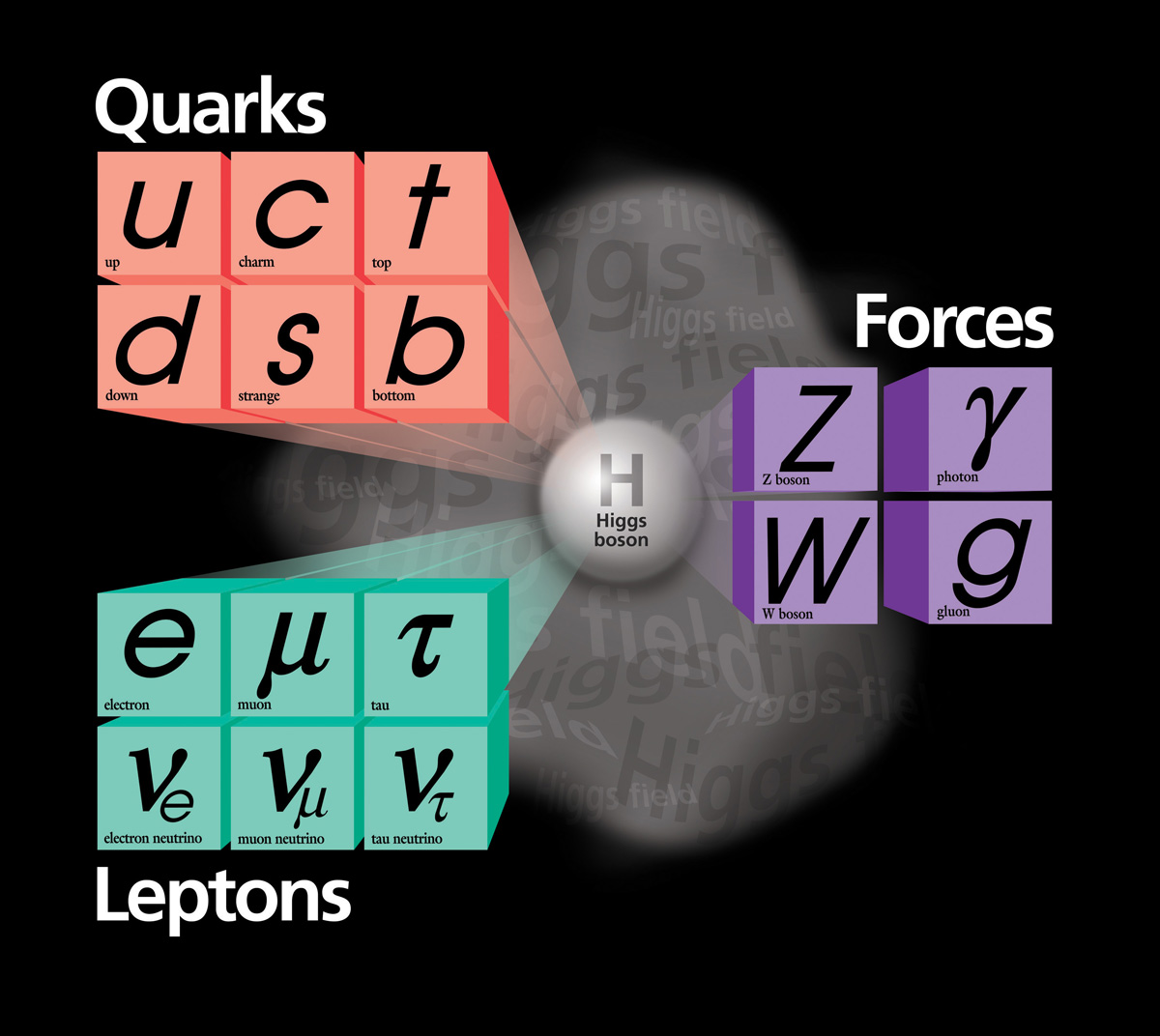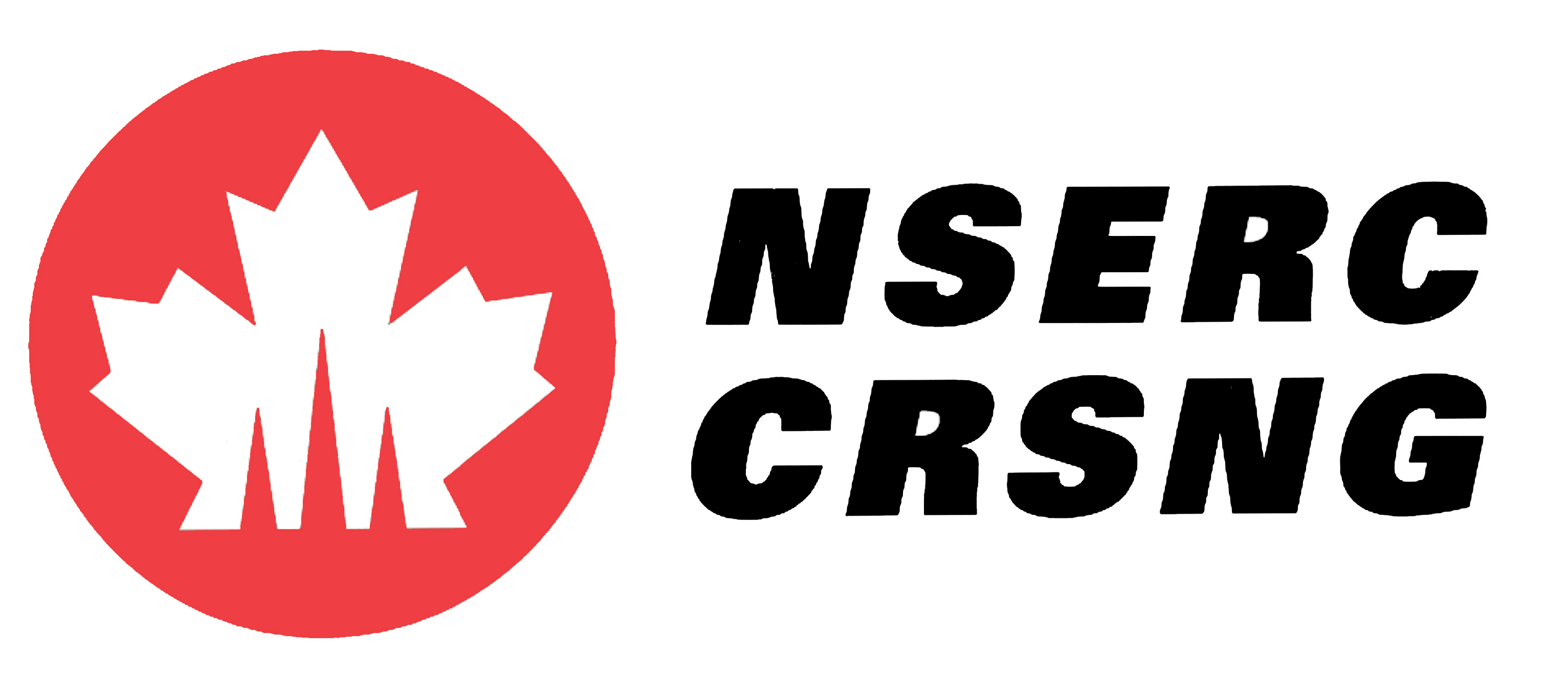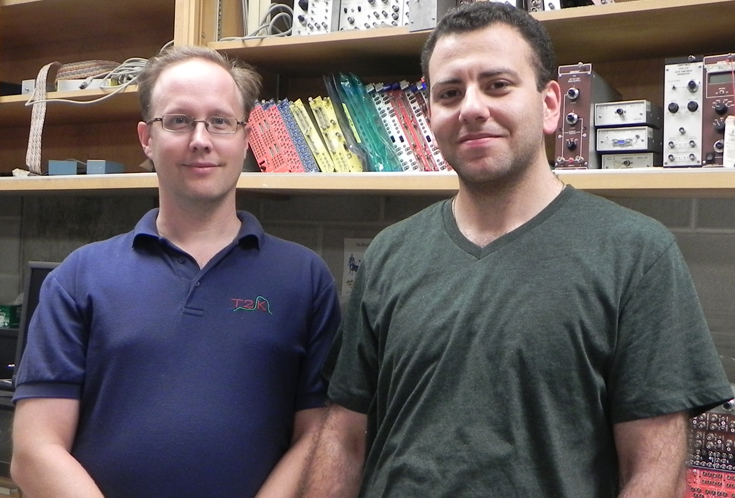
T2K has confirmed definitive observation of a new type of neutrino oscillation, in which muon neutrinos transform to electron neutrinos. Pictured: Blair Jamieson and Fady Shaker of T2K/UW.
More information:
UW Media Release
T2K electron neutrino appearance
T2K has confirmed definitive observation of a new type of neutrino oscillation, in which muon neutrinos transform to electron neutrinos. Pictured: Blair Jamieson and Fady Shaker of T2K/UW.
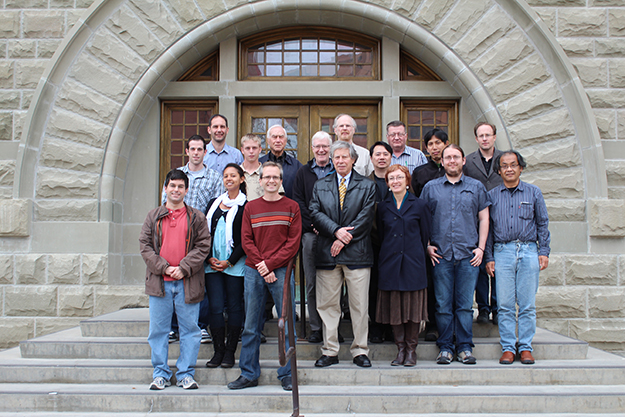
October 3, 2012: The University of Winnipeg is hosting a meeting of Canadian physicists who are working towards a new kind of neutron source. When completed in 2016, the Canadian Spallation Ultracold Neutron Source will be the world’s highest-density source of ultracold neutrons. The host site for the experiment is TRIUMF, Canada’s National Laboratory for Particle and Nuclear Physics, in Vancouver.
The full news story: UW Media
Our local UCN website
Canadian Physicists Meeting at UWinnipeg
October 3, 2012: The University of Winnipeg is hosting a meeting of Canadian physicists who are working towards a new kind of neutron source.
We searched for predicted large asymmetries in parity-violating pion photoproduction. The conclusion? Surprisingly, not much parity-violation, contrary to the theory!
More information:
UW Media Release
Parity Violation in Pion Production
We searched for predicted large asymmetries in parity-violating pion photoproduction. The conclusion? Surprisingly, not much parity-violation, contrary to the theory!
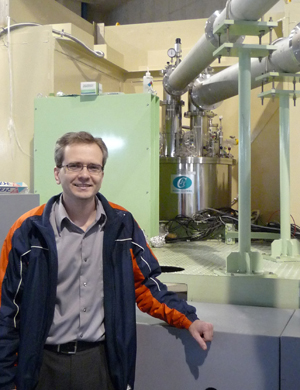
Jeff was announced as a Canada Research Chair (Tier 1) in Fundamental Symmetries in Subatomic Physics.
UW Media Release
New Canada Research Chair For UWinnipeg
Jeff was announced as a Canada Research Chair (Tier 1) in Fundamental Symmetries in Subatomic Physics.
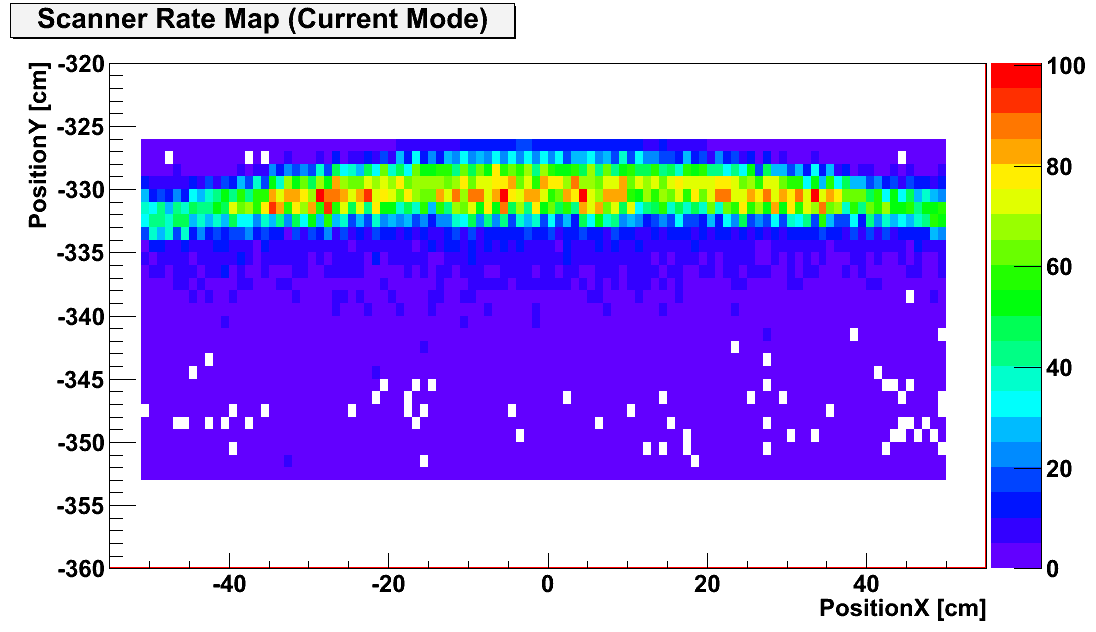
Image: (August 2, Jefferson Lab, Newport News, Virginia) The first successful scan for the Q-weak scanner. The scanner was completed and commissioned by Ms. Jie Pan and Mr. Peiqing Wang. The stripe of events across the top of the image are elastic electrons passing through the main detector and then being sensed by our Q-weak scanner. The data show the first successful scan taken by the Q-weak scanner. The scanner was constructed in our laboratory at the University of Winnipeg. Data were taken with our 0.89 mm Al target with a beam current of 5 microAmperes, and with the QTOR spectrometer magnet at full current (8937 Amperes).
More information:
Q-weak website at nuclear.uwinnipeg.ca
Q-weak website at Jefferson Lab
First Scan for Q-weak Scanner
Image: (August 2, Jefferson Lab, Newport News, Virginia) The first successful scan for the Q-weak scanner. The scanner was completed and commissioned by Ms. Jie Pan and Mr. Peiqing Wang. The stripe of events across the top of the image are elastic electrons passing through the main detector and then being sensed by our Q-weak scanner.
<< Previous 1 2 3 4 5 6 Next >>
